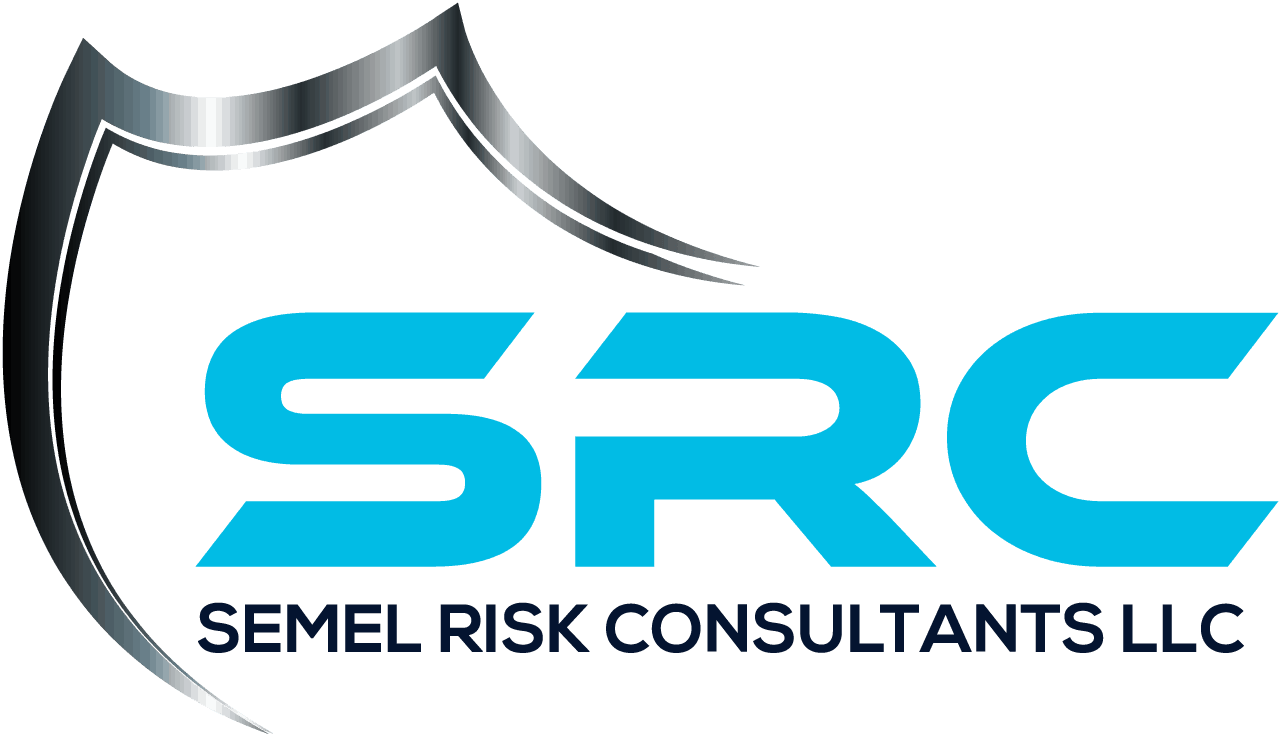As summer approaches, the number of ways that employees can be hurt in the workplace increases. On top of all the occupational hazards to watch out for, employers now have to keep an eye on seasonal risks like heat stroke and exhaustion. As a business owner, you must be aware that the higher temperatures, storms, and wildfires that come with the summer leads to more workers’ comp claims.
So, in this article, we’ll discuss some of the most prevalent risks present at the workplace during the summer and how to keep your employees safe from them. In addition to protecting your workers, being proactive against the following also protects your business.
Preventing heat-related illnesses
If your work requires employees to work outdoors and in spaces that aren’t air-conditioned, they are at increased risk of heat stress and heat exhaustion. While these can be uncomfortable, they pose little threat to life. However, in extreme cases, the worker may get something called heat stroke, and this can be life-threatening. Training and extensive sensitization is one way to prevent heat-related illnesses in the workplace.
Furthermore, you can have supervisors adjust the workers’ schedules and make sure no one is exposed to heat for an extended period. Provide fluids to keep employees hydrated throughout their shift, and make loose-fitting and summer-appropriate apparel available to workers. Also, ensure that all the exerting work is done very early in the day (or during periods when it’s not so hot), and schedule frequent breaks in dedicated air-conditioned spaces.
Protecting young and seasonal workers
Another prominent feature of the summer season is the proliferation of students looking to make a quick buck while school is on break. And while this provides businesses with cheap and enthusiastic manpower, it also means the new workers are less experienced, more careless, and more prone to workplace injuries.
According to the National Institute for Occupational Safety and Health (NIOSH), employees younger than 18 years are responsible for 160K work-related injuries every summer. To reduce workers’ compensation claims from them, enroll all new hires (even the temporary ones) in safety and health training. This should help them understand their work environment and the inherent dangers better. Additionally, ensure there’s a more experienced employee on hand to supervise them when necessary.
Avoiding risks caused by storms and wildfires
Wildfires and storms cause havoc to everything in their path, and we’re approaching a period where these dangers are prominent. Now, the problem is not only the incidents themselves but the aftermath. If your work location is unlucky enough to be struck by these natural disasters, you can protect your business with an extensive commercial insurance plan.
However, you also have to protect your workers in the aftermath. Firstly, those involved in the cleanup must know how to remove debris without straining themselves. They also need to learn which PPEs they need and why; this can be incorporated into your safety and health training program. Furthermore, in the case of a storm, ensure that the affected area is well ventilated after, and use humidifiers to remove moisture from the air – this reduces the risk of mold.
Final note
For small businesses, it’s crucial to identify workplace hazards beforehand and put processes in place to protect employees. With summer on the way, you need to keep the dangers outlined above in mind to reduce your company’s exposure to workers’ compensation claims. Additionally, you must make sure your business has adequate coverage in case of storms, wildfires, or employee claims.
If you’re unsure about how much coverage your company has, we have a specialist available that can look through your plan and make suggestions on what you need to improve. You can schedule a consultation by following this link and finding a date and time that works best for you. Please NOTE that this consultation is free of charge or obligation.



